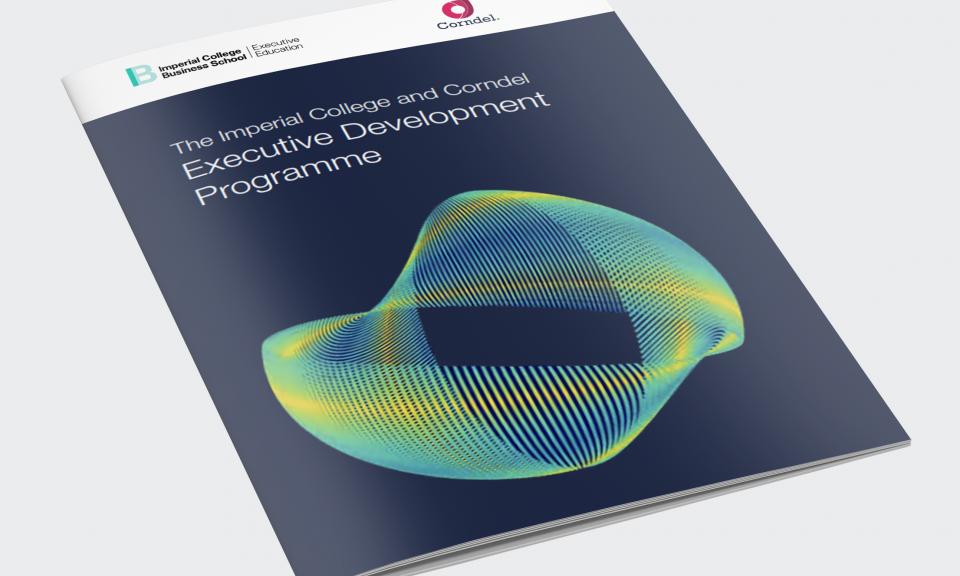 Was it really just a little over a year ago that one young girl made the decision to go on a school strike in the name of climate change? From protesting alone outside the Swedish Parliament to being named one of the world’s most influential teens by TIME magazine, Greta Thunberg has had quite a year.
Was it really just a little over a year ago that one young girl made the decision to go on a school strike in the name of climate change? From protesting alone outside the Swedish Parliament to being named one of the world’s most influential teens by TIME magazine, Greta Thunberg has had quite a year.
Although her speeches have gone viral, gaining worldwide attention, perhaps the most visible and impactful commitment that Thunberg has made is by living as low-carbon a life as possible. In addition to being vegan, she declines travel by airplane.
With all of the travel she’s been doing to galvanize support for fighting climate change, one can only imagine how creative this has forced her to become. Greta just arrived in Lisbon, having sailed across the ocean, and traveling to Madrid, Spain to speak at the UN Climate Change Conference (COP25), which will be held from December 2-13 of this year.
Thunberg has acknowledged the difficulty of living simply and working in a sustainable way, noting that people have to go to extremes to reduce their carbon footprints, especially when it comes to travel.
So, what can we learn from Greta, and how can we be more aware of the environmental impact of our journeys, whether they are for business or leisure?
We Know Too Much to Ignore the Truth: Reducing Air Travel Can Help the Environment
According to a recent study, minimizing air travel is one of the top actions a person can take to reduce personal emissions, along with living car-free and eating a plant-based diet. While we have seen veganism becoming increasingly popular and people consciously reducing their car usage or switching to electric vehicles, air travel is still as popular as ever.
The globalization of business coupled with lower cost flights in the early 2000s has been one of the single largest contributors to the increase of carbon emissions. While this may represent a relatively small percentage of the overall annual global carbon problem, it’s a starting place for travelers to evaluate their own habits.
Technology Makes the World Go ‘Round (And Greener)
Businesses and consumers can now better understand their organizational or personal impact on the world thanks to evolving technology. By leveraging the available tech, we can sort flights by their carbon emissions. For instance, selecting more direct flights reduces total mileage on trips, and accordingly, the amount of greenhouse gases released into the atmosphere.
Enterprises that manage travel for employees might also consider software solutions to improve process automation, integration, and analytics across the travel and expense processes.
In harnessing the power of such platforms, managers can use their dashboards to visualize the total travel emissions of their teams. The reality is that even small changes to how we travel can make huge differences. Even though direct flights may sometimes be more expensive, planning in advance and pre-booking often reduces those amounts.
In capturing travel choices using inherently sophisticated travel and expense processes, businesses can gain insights into the imprint of their team members’ business travel, making it possible to improve overall sustainability practices on an organizational level.
Choosing Change: How Software Can Help Reduce Organizational Carbon Footprints
As businesses begin thinking about how to best manage the environmental impact of their employees’ business travel or meet their company’s specific emissions goals, they’re also likely to be considering the expense of such a process. Fortunately, there is a place where expense management and driving positive change for the environment converge.
Environmentally smarter and lower cost travel methods begin to emerge once there’s an awareness and understanding of corporate carbon emissions. Seeing air and rail choices displayed on the screen in real-time can increase the likelihood that the lower-emission option will be chosen.
Thinking even further down the line, it helps to remember that the most carbon-efficient trip is the one not taken at all. Selecting a teleconference or video conference option is one of the easiest ways to reduce business costs, allocate spending more wisely, and help a business create an environmental impact that it can be proud of.
Considering Change is Hard, But Necessary
Thinking of giving up or reducing flights is not the easiest decision to make, as our mobility is sacrosanct to us in a go-go economy. Travel that once took days and weeks to plan is now just a few clicks away. It’s become easy, convenient, and relatively inexpensive to book air travel, no matter if it’s just a jaunt between offices or if it’s the long-planned trip of a lifetime.
Perhaps the most important take-away from Greta Thunberg’s mission is that we need to consider our travel choices more carefully. Undeniably, there are environmental, financial, and opportunity costs to travel but we absolutely must start taking the environment into consideration whenever we choose to travel. The consequences of climate change are upon us as we live and breathe. While air travel will always continue, intelligent choices can assist us in selecting the most environmentally efficient means of transport.
Fortunately, the time has arrived in which technology is on pace with our actions. Now, it’s time to employ it.
[“source=forbes”]

















